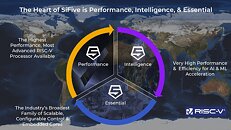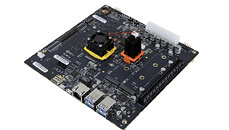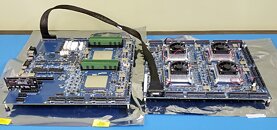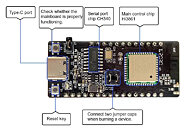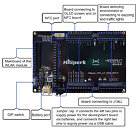UEFI Forum Releases the UEFI 2.10 Specification and the ACPI 6.5 Specification
The UEFI Forum today announced the release of the Unified Extensible Firmware Interface (UEFI) 2.10 specification and Advanced Configuration and Power Interface (ACPI) 6.5 specification. The new specification versions expand support for new processor types, memory interfaces and platform types, while allowing for crypto agility in post-quantum system security.
"We are excited to share the new Conformance Profiles feature, responsive to community pull for a way to make the UEFI Forum's work useful," said Mark Doran, UEFI Forum President. "The Conformance Profiles feature will expand the platform types UEFI can support to an ever wider range of platform types like IoT, embedded and automotive spaces - beyond general purpose computers."
"We are excited to share the new Conformance Profiles feature, responsive to community pull for a way to make the UEFI Forum's work useful," said Mark Doran, UEFI Forum President. "The Conformance Profiles feature will expand the platform types UEFI can support to an ever wider range of platform types like IoT, embedded and automotive spaces - beyond general purpose computers."

































